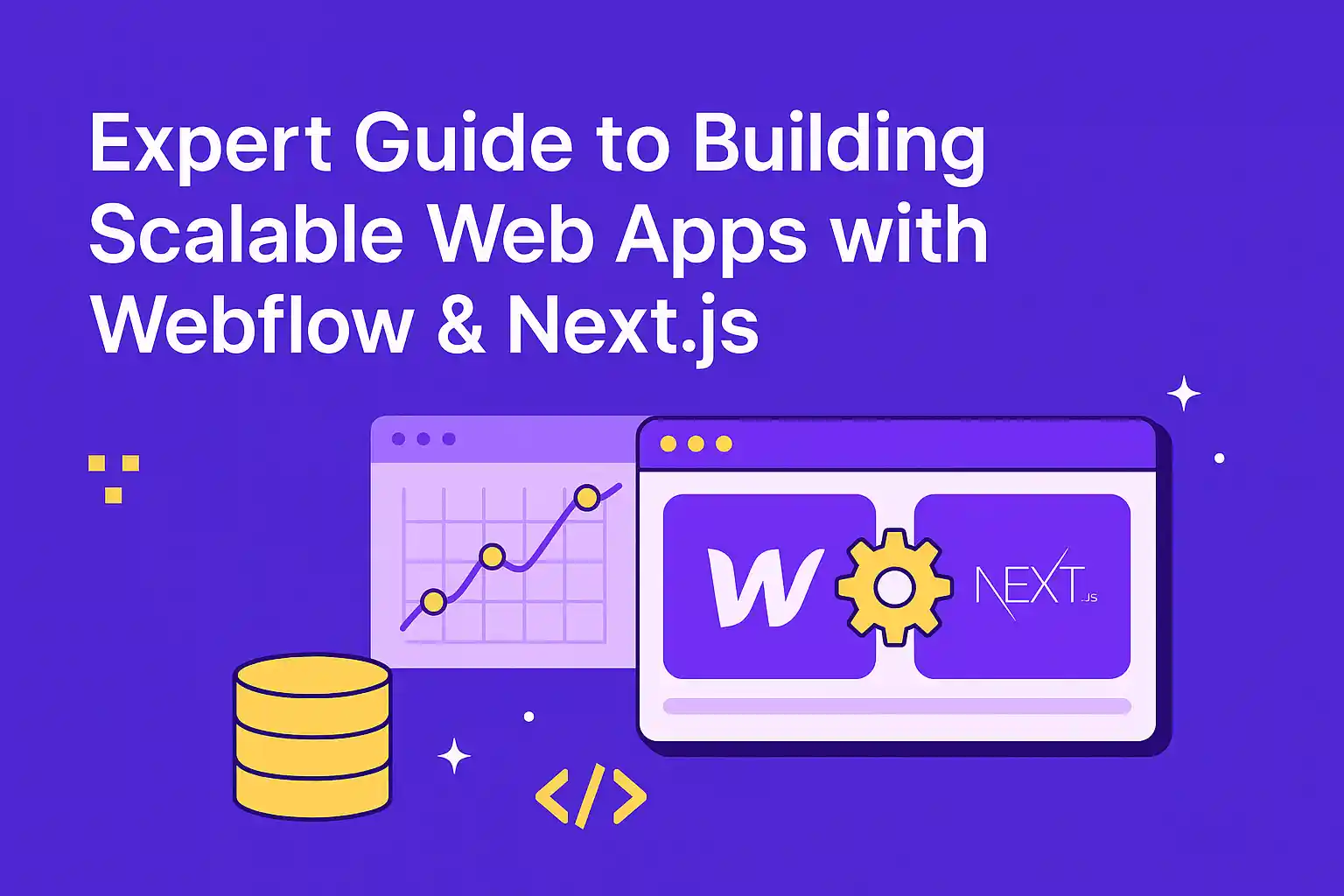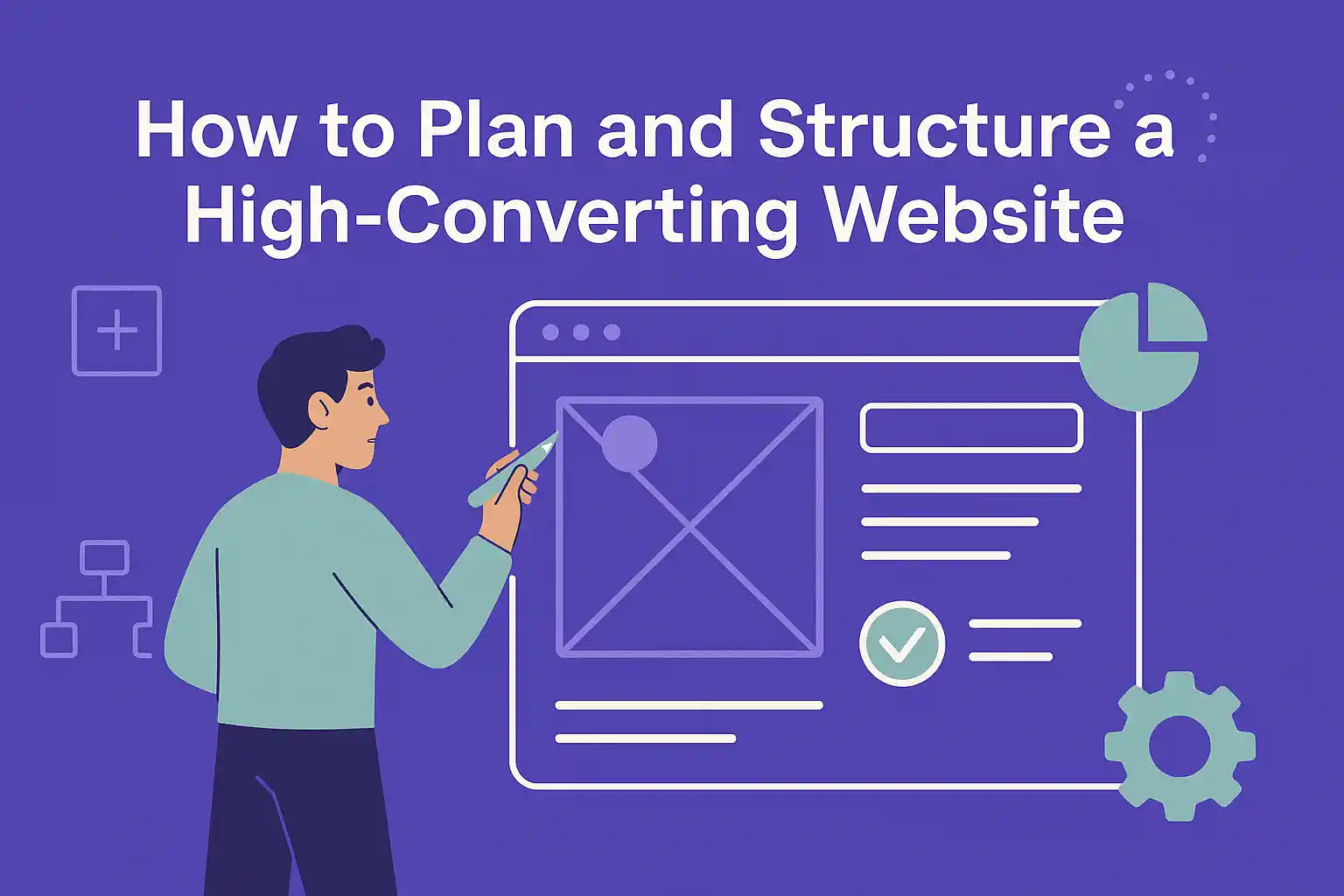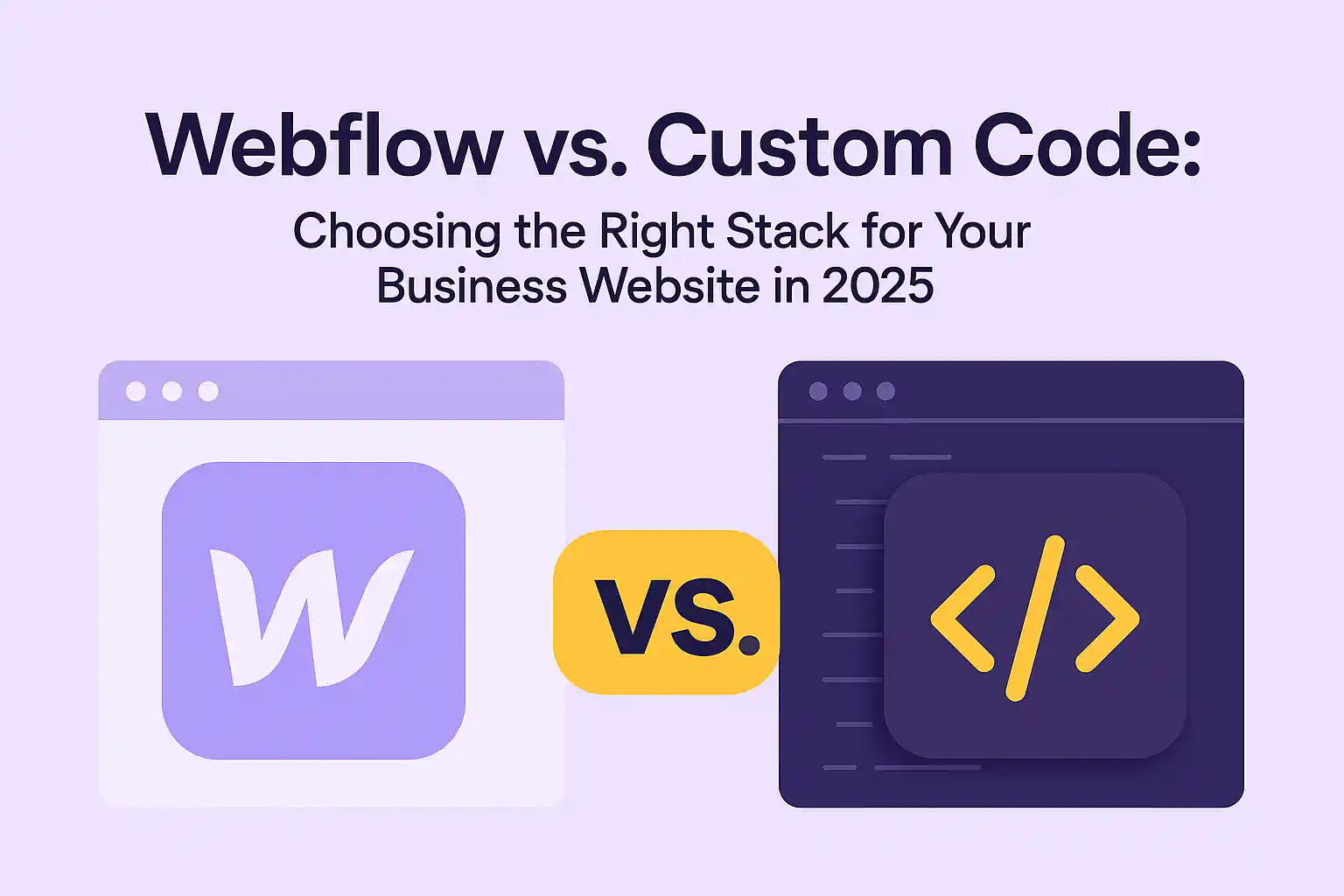Why Webflow Is the Best Platform for Fast, Scalable Business Websites in 2025
Learn why Webflow is the best choice for fast, scalable business websites in 2025—covering speed, SEO, CMS, and everything in between.

In 2025, a business website is more than just a digital presence—it’s your marketing engine, sales platform, and first impression. That’s why choosing the right platform to build your site matters more than ever. If you need something that’s fast, scalable, SEO-friendly, and built to grow with your business, Webflow stands out as the best option on the market.
Whether you’re a startup founder, a marketing director, or a creative agency, this guide explains why Webflow is the smart choice for building high-performing business websites in 2025.
1. Built for Speed from the Ground Up

Speed is no longer a luxury—it’s an expectation. Users bounce from slow-loading pages, and Google penalizes them in rankings. Unlike traditional platforms like WordPress, which often require performance plugins and endless optimization, Webflow is fast out of the box.
Every Webflow site is:
- Hosted on a global CDN powered by AWS and Fastly
- Served with clean, minified code
- Automatically optimized for Core Web Vitals
This translates to lightning-fast load times across devices and regions. And when paired with best practices covered in our Webflow vs Custom Code article, performance isn’t just competitive—it’s best in class.
2. Complete Design Control, Without Sacrificing Performance

One of Webflow’s biggest advantages is visual development without compromise. You’re not restricted by rigid templates or forced to choose between design freedom and site speed.
Using Webflow’s designer, you can:
- Create fully custom layouts and animations
- Build responsive, mobile-first designs
- Implement reusable components for consistency and speed
This allows businesses to reflect their brand identity in a clean, efficient, and user-focused way—without writing endless lines of front-end code.
Want to build pages that not only look great but also convert? You’ll want to read How to Plan and Structure a High-Converting Website in 2025 for a deeper look at that.
3. Built-In SEO That Actually Works

SEO is no longer just a marketing checkbox—it’s central to your growth strategy. With Webflow, SEO is baked into the core of the platform.
Key SEO features include:
- Clean semantic HTML5 structure
- Custom meta titles and descriptions
- Auto-generated sitemaps and robot.txt files
- Alt text and open graph control
- Fast-loading pages that meet Core Web Vitals
Unlike WordPress (which often relies on third-party plugins like Yoast), Webflow gives you complete control over on-page SEO, with no additional bloat or complexity.
Want to migrate your site without losing rankings? Check out our Complete Guide to Migrating from WordPress to Webflow to learn how to make the switch safely.
4. Scalable CMS for Growing Teams

The Webflow CMS isn’t just for blogs. It’s a flexible, scalable system that lets you manage everything from case studies to team pages, testimonials, FAQs, and more.
You can:
- Create custom content types
- Add dynamic filters and relationships
- Control layout and styling visually
- Empower your team to publish without touching design
This makes Webflow ideal for marketing teams that need to move fast and scale content consistently.
Planning to build a web app on top of your CMS? Read the Expert Guide to Building Scalable Web Apps with Webflow & Next.js to see how I extend Webflow’s front end with custom backends.
5. Visual Editing and Real-Time Collaboration

Webflow’s Editor mode is built for marketers, writers, and SEO teams. It allows non-developers to:
- Edit content directly on the live site
- Update CMS items
- Manage SEO settings and images
No more waiting on developers or submitting endless Jira tickets. Combined with real-time previews and staging environments, Webflow helps teams ship faster and more confidently.
6. Enterprise-Ready Hosting and Security

In 2025, security and scalability are non-negotiable—especially if you're growing fast. Webflow delivers peace of mind with:
- Global CDN delivery
- SSL certificates on every site
- Zero maintenance (no plugin or server updates)
- ISO 27001, SOC 2 Type II, and GDPR compliance
That means you can focus on building your business, not fixing a broken plugin or worrying about a security breach.
7. Launch Fast and Iterate Faster

Webflow dramatically reduces your time to market. Whether you’re launching a new brand, testing a campaign landing page, or scaling content across 50+ cities, the platform helps you move fast without technical debt.
Design, build, and publish—all in one place.
This fast-paced workflow helps businesses cut costs and adapt quickly, which is one of the key themes we unpack in The Real Cost of Bad Webflow Development (And How to Avoid It).
8. It's the Best of Both Worlds (Especially When You Know How to Extend It)

Webflow offers visual control and design freedom, but it also supports custom code, embed blocks, and backend integrations. That makes it ideal for combining with tools like:
- Next.js for apps
- Make.com or Zapier for automation
- HubSpot, Airtable, Stripe, and more
So if you need a marketing site now, and a complex product experience later—you can grow without switching platforms.
Final Thoughts
If you're looking to build a business website that’s fast, scalable, SEO-optimized, and easy to manage, Webflow is hands down the best platform in 2025. It gives you the speed of no-code with the flexibility of custom development—and lets your team work smarter, not slower.
I’ve used Webflow to build high-converting sites for startups, agencies, and SaaS companies across industries. If you’re ready to do the same, reach out and let’s talk about your project.
Related Articles

The Real Cost of Bad Webflow Development (And How to Avoid It)

Expert Guide to Building Scalable Web Apps with Webflow & Next.js

How to Plan and Structure a High-Converting Website in 2025

.png)

